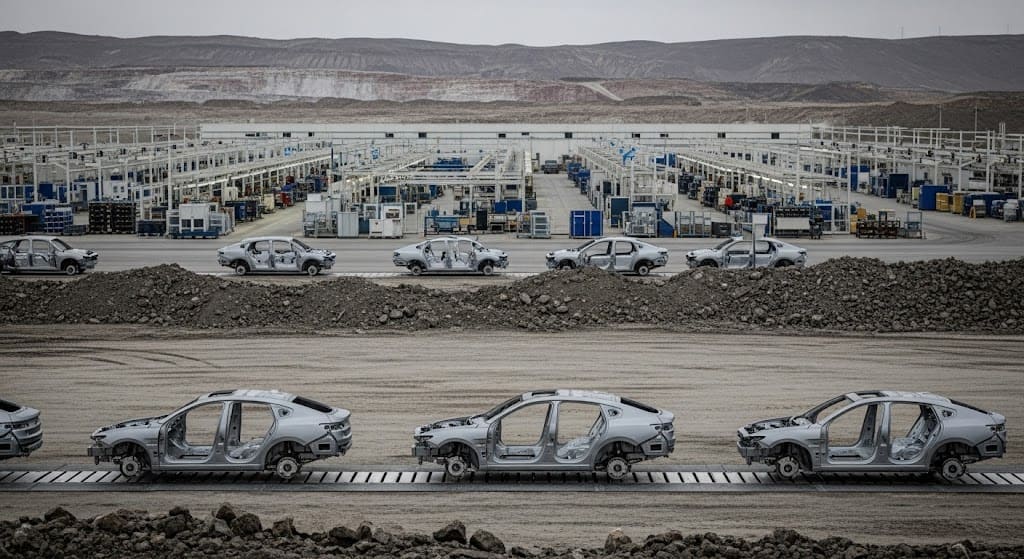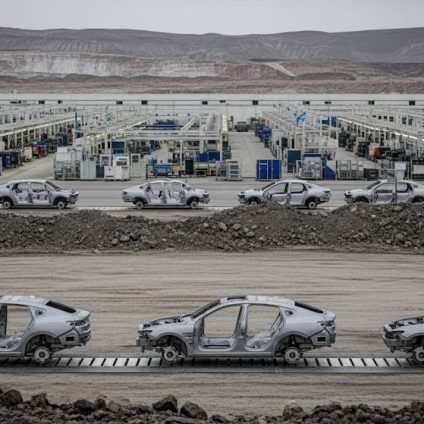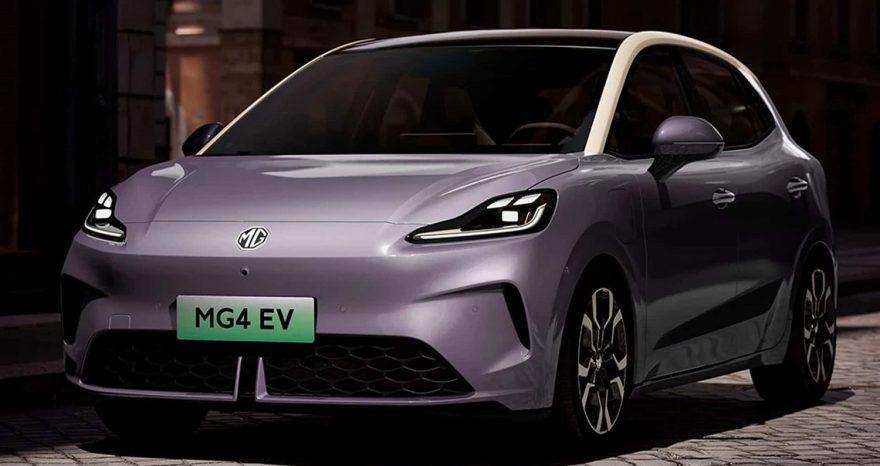By 2030 there will be significant demand for electric vehicles, but lithium may not be sufficient for all countries equally.

Lithium crisis: can rising electric vehicle demand be met?
Lithium, a key component in electric vehicle battery production, may not be enough to meet global demand, signaling a mounting lithium crisis. According to a study in Cell Reports Sustainability, even with significant growth in domestic output, China, Europe and the United States are likely to struggle to secure the lithium needed for EV manufacturing unless imports expand or radical technological innovation occurs. The three major markets currently account for 80% of global EV sales.
“Today lithium is as important as gasoline was in the Industrial Revolution,” says study author Qifan Xia of East China Normal University in Shanghai. “Although global lithium reserves are substantial, they are unevenly distributed across countries. We therefore wanted to understand whether the main electric vehicle markets could be self-sufficient.”
The growing demand for lithium and current projections
It is estimated that China, the world’s largest producer of batteries and electric vehicles, could need up to 1.3 million tonnes of lithium carbonate equivalent (LCE) for new EV production by 2030. Europe will require around 792,000 tonnes, followed by the United States with 692,000 tonnes.
Currently most lithium imports come from a limited number of suppliers, mainly Chile and Australia. The study warns that an increase in imports by one region would directly reduce access for others, exacerbating international trade tensions. For example, a 77% rise in Chinese imports could cause an 84% drop for the United States and a 78% drop for Europe.
Domestic reserves to counter the lithium crisis
To start, the team reviewed all deposits identified by geologists across the three regions that show extractive potential. The most promising sites in Europe are located in Spain, Portugal, Germany, France, Serbia and Finland, but commercial extraction has yet to begin.
According to the researchers’ projections:
- China could produce between 804,000 and 1.1 million tonnes of LCE by 2030
- Europe could reach 325,000 tonnes
- United States output could range from 229,000 to 610,000 tonnes over the next five years
If all proposed mining projects were launched quickly, the United States and China could almost fully meet their own needs thanks to domestic reserves. Europe, by contrast, could more than halve its future dependence on imports.
Solutions to the lithium crisis
To avoid a lithium supply crisis and ensure climate targets are met, the study suggests several strategies:
- Accelerate the start of new mining projects and optimize existing operations
- Explore new lithium sources globally to reduce reliance on a few countries
- Develop and adopt battery technologies that use less or no lithium, such as sodium-ion batteries; this would not only ease shortages but also advance sustainability goals
- Shift the focus from personal electric vehicles to promoting and incentivizing public transport
According to one of the study’s authors, “without immediate action to expand mining operations, diversify suppliers and rethink demand management, the world risks falling behind on critical climate and energy goals.”
Read the study “Long on expectations, short on supply: regional lithium imbalances and the effects of trade allocations by China, the EU and the United States,” published in Cell Reports Sustainability.












